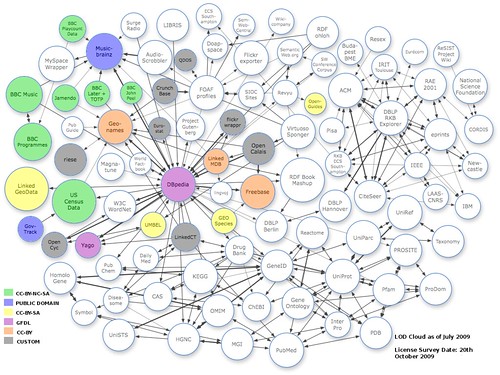State Records NSW recently established an Open Data Project with the aim of identifying datasets relating to the NSW State Archives collection and publishing them in accessible ways.
Open Data
In recent years government agencies around Australia (NSW, Commonwealth) and the world (United States, United Kingdom) have recognised that by publishing public sector data they can create opportunities for citizens and organisations to build new, innovative services based on that data. Outcomes of this open data movement have included applications that improve government-citizen interaction (such as fixmystreet.com ) and that use government data in novel ways (such as Emitter – Tracking pollution in your neighbourhood).
Open data has great potential for archives. Archivists maintain rich, highly structured data about the records they hold and about the creators and business activities related to those records. This control data exists to enable the discovery and support the meaning and integrity of the records but it also has deep, untapped secondary value. For example, imagine if the ministry descriptions in State Records NSW’s online catalogue were combined together into a single, interactive timeline. A simple application like that would provide a compact but complete political history of New South Wales since self government, from the Donaldson Ministry right through to today’s O’Farrell-Stoner Ministry.
What we are doing
As a first step, State Records NSW is publishing data from its online catalogue, Archives Investigator. This data is made available for download in a raw form and can be downloaded from the Datasets page . Future steps might involve the use of standardised formats (e.g. EAC-CPF) or the development of an API (Application Programming Interface) to the catalogue. We will also investigate the use of linked data principles and microformats.
The primary audience for this project comprises specialists (both archivists and computer programmers). But hopefully the outcomes of this project will benefit all our users. Data published by this project could spark new interfaces to the collection, create new possibilities for federated searching, or allow creative re-purposing such as in visualisations or in applications such as The History Wall.
What can you do?
If you have thoughts about how access to State Records’ collection can be improved or ideas for creative new ways of using State Records’ catalogue data please share them here. You may inspire specialists working with the data to create new ways of accessing the State Archives.

